


Framed or unframed, desk size to sofa size, printed by us in Arizona and Alabama since 2007. Explore now.
Shorpy is funded by you. Patreon contributors get an ad-free experience.
Learn more.

- Lofty addition
- In 1912
- Keenan Building
- Six years old
- Taken from the P.J. McArdle Roadway?
- It stood only 47 years
- Three track mind
- Incline to the right
- Reach for the sky, 1912 style
- No clean sweep
- Same Job Title, Same Face
- Sadly Lost
- Beautiful ...
- Where you get your kicks
- Aim High
- Pueblo Revival sisters
- Pueblo Neoclassicism
- Milk Man
- Regional dialect.
- Spielberg's inspiration
- Great Photo
- Loaf Story
- Do you still have the Rakes category?
- Could almost be a scene from the 1957 movie 'Hell Drivers'
- The Wages of Fear.
- Conspicuous by their absence
- Got Milk?
- All that aluminum
- No lefties
- Smoke 'em if you've got 'em
Print Emporium
Broad Street: 1911
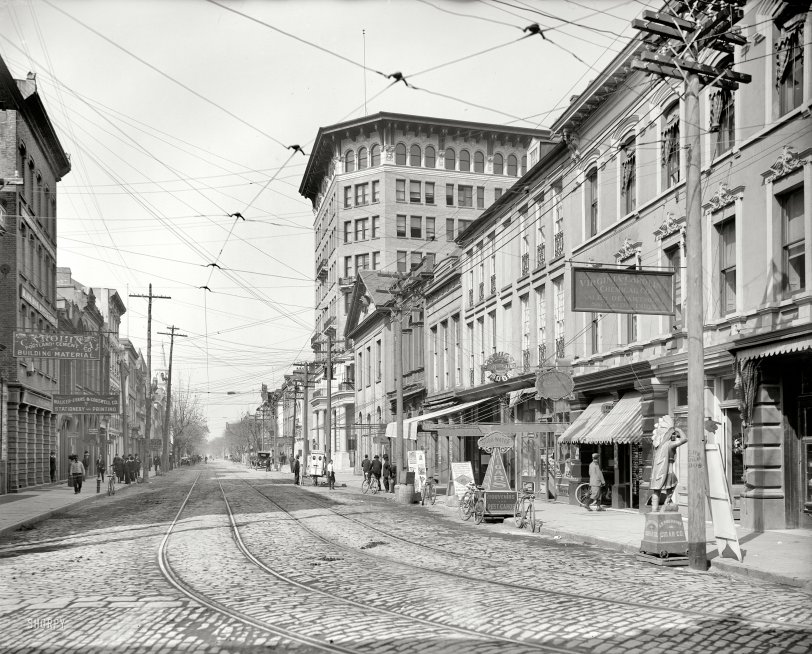
Charleston, South Carolina, circa 1911. "Broad Street looking west." 8x10 inch dry plate glass negative, Detroit Publishing Company. View full size.
+99
Below is the same view from July of 2010.
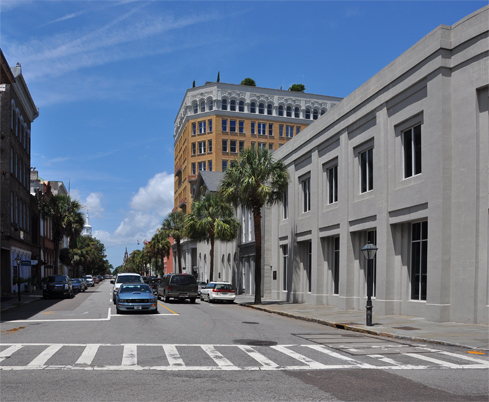
Buildings of Note
This view is taken from the foot of Broad Street at East Bay Street. The tall building on the right is Charleston's first skyscraper, the People's National Bank Building; it was designed by Thompson and Frohling of New York and built in 1910-1911. Today it houses condominiums. In the distance at the left can be seen the tower of St. Michael's Church, built 1752-1761 and still standing at what Charlestonians call the "Four Corners of Law" (the intersection of Broad and Meeting Streets).
Utility Poles
The reason that the utility poles are numbered is to keep track of maintenance and alterations. Also, in some areas back then there might well be a difference as to who was responsible for the electric power and the telephone poles (vs one leasing space on the other). Most of the overhead clutter of wires and crossarms was before multi-conductor telephone cables were developed.
What is this thing?
Hearse? Food cart?
[Delivery van for the Jet-White steam laundry. - Dave]
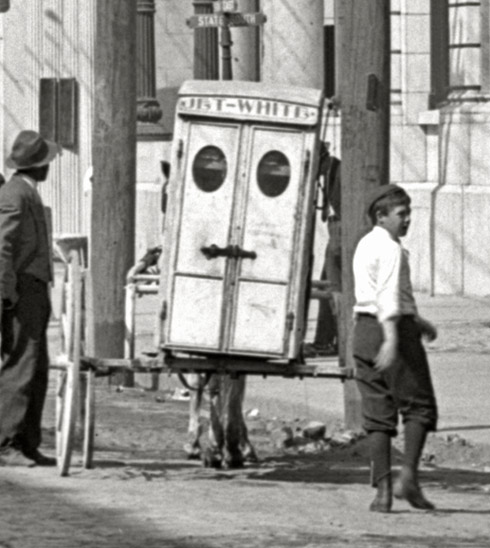
Broad View
So many details about life a century ago are in this picture:
1. Utility poles are not 100% straight and still have the knots from where their branches once grew.
2. Those poles are planted in the street, amid the cobblestones. They are also inventoried and labeled by their owner (as if pole rustling was a problem back then).
3. The Indian not only has wheels, he has a custom box to stand on--again out in the street. Likewise the postcard/cigar/soda water sign. And if you have a barrel full of whatever is in that barrel, put it out beyond the curb too. The street is not for transportation. It is part of the front yard of the stores.
4.Repainting signs is not important. Everyone knows where Folio Bros Cigars and Carolina Building Material are, so no need to keep the sign from fading or peeling.
5. You can park your car on either side of the street, facing either direction. Just be sure to look before you step out, so you don't step in any equine by-products.
6. Lots of mounting blocks and hitching posts for those horses.
7. Next to the Walker Evans pole is a great place to hang out and socialize.
8. The middle of the street is a good place to walk along.
9. It is very much a man's world. I see only one women and no children along the entire street.
Walker-Evans
Who knew he was a stationer at the age of 7?
CARS PASS HERE
Perhaps the sign refers to the crossover track below.
On another subject, the cigar store Indian brings to mind a question - what's the reason for that association that was so common in those days?
[Indians introduced tobacco to the white man. - Dave]
Cars Pass
The Cars Pass here sign is not uncommon on older streetcar systems that have upgraded from the short 2 axle cars to longer 4 axle ones.
The problem, that cities found, was that the existing trackwork didn't always have the best clearances. Where two shorter cars may pass fine on such a curve, longer cars would often over hang and strike each other. Since most (not all of course) streetcar systems worked on "sight" or without signals with the motormen maintaining safe distance on their own based on what they see, you would often find signs like this near pinch points. Basically what it tells the motorman is that if they saw another car (there should be a mirror somewhere on a building for this) that the driver was to stop and wait for the car to pass him before starting forward.
Non-clearance Curve
The CARS PASS HERE sign likely refers to the fact that if streetcars travelling in opposite directions attempted to pass each other on the curve, they would collide.
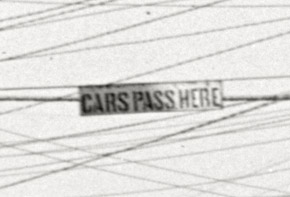
No Google Street View Here
Interestingly, Google does not have street view for this part of Broad Street. The drug store on the right was razed, and is now a Wachovia (soon to be Wells Fargo). Also, the tall building on the right is now lacking the wonderful cornice detail it once had.
























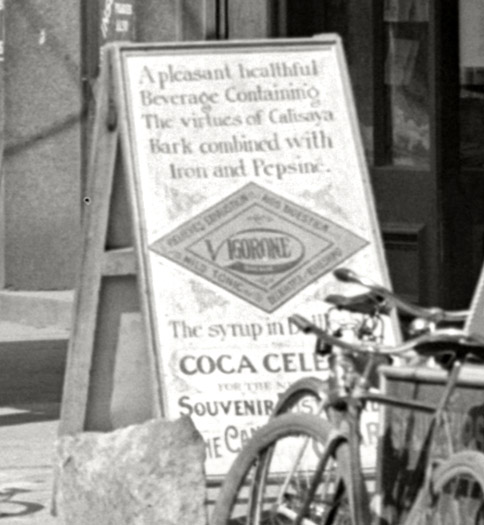
On Shorpy:
Today’s Top 5